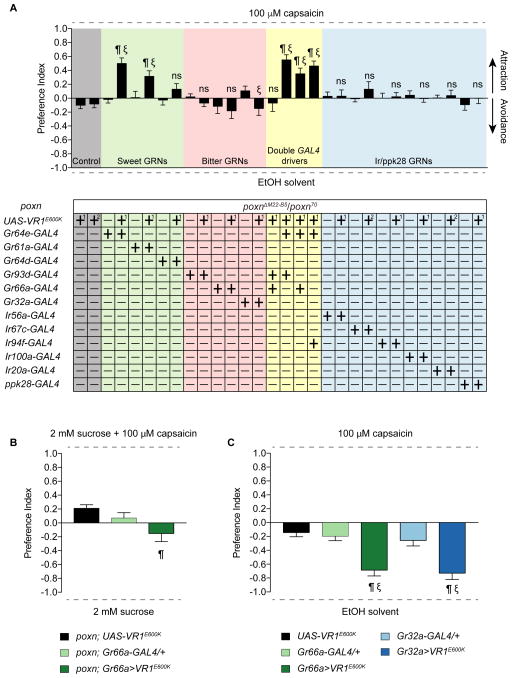Figure 7. A systematically inducible activation of different classes of pharyngeal neurons.
(A) Mean preference index values from binary choice experiments with capsaicin tested against ethanol solvent. Genetic manipulations were performed in poxn mutant (poxnΔM22-B5/poxn70). Two different UAS-VR1E600K controls are shown; [1] is a recombinant of UAS-VR1E600K with the poxnΔM22-B5 allele; [2] is a recombinant with the poxn70 allele. n=19–30. Error bars indicate SEM. ¶ indicates significant difference from the corresponding UAS control; ξ indicates significant difference from the corresponding GAL4 control (for double driver experiments, ξ indicates significant difference from both GAL4 controls); P<0.05, one-way ANOVA with Tukey test. ns, not significant.
(B) Mean preference index values from binary choice experiments with capsaicin-sucrose mixture tested against sucrose alone. Genetic manipulations were performed in poxn mutant (poxnΔM22-B5/poxn70). n=28–32. Error bars indicate SEM. ¶ indicates significant difference from the corresponding UAS control; P<0.05, one-way ANOVA with Tukey test.
(C) Results of binary choice feeding assays performed using flies expressing VR1E600K under the control of the indicated GAL4 drivers in a wild type background with only one poxnΔM22-B5 allele. Tastants used were capsaicin and ethanol solvent. n=10–20. Error bars = SEM. ¶ indicates significant difference from the UAS control; ξ indicates significant difference from the corresponding GAL4 control; P<0.05, one-way ANOVA with Tukey test. ns, not significant.

